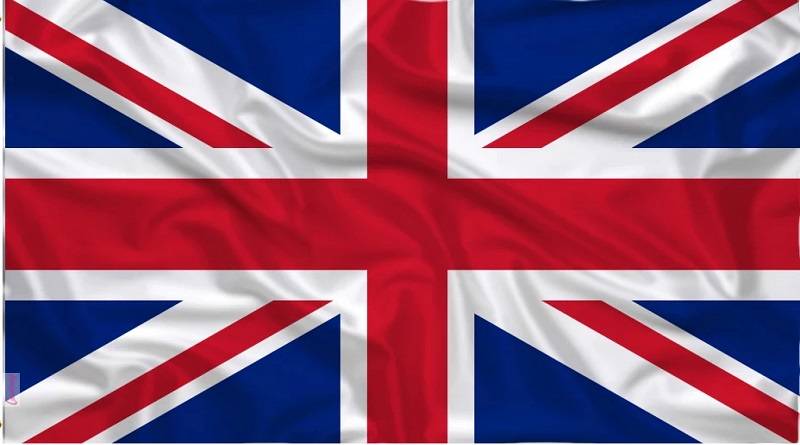7 sinif unit 9 environmentmatching

I- Match the
words on the left with their definitions on the right. Write the letters in the boxes.
1.acid rain
2.biodegradable
3.biodiversity
4.carbon monoxide
5.climate
6.deforestation
7.desertification
8.disposable product
9.endangered species
10.fumes
11.global warming
12.natural resources
13.renewable energy
14.oil spill
15.ozone layer
16.pollution
17.recycle
18.tsunami
19.volcano
20.waste
A. Poisonous gas. B. The cutting down of trees in a large area.
C.A mountain with a large circular hole at the top through which lava gases, steam and dust are or have been forced out.
D.Animals or plants which may soon not exist because there are very few now alive.
E.Unwanted matter or material of any type; trash.
F.It decays naturally.
G.Number and variety of plant and animal species in a particular area.
H.It contains large amounts of harmful chemicals as a result of burning substances such as coal and oil.
I.An extremely large wave caused by movement of the earth under the sea, often caused by an earthquake.
J.The process by which land changes into desert.
K.General weather conditions usually found in a particular place.
L.It prevents harmful ultraviolet light from the sun from reaching the Earth.
M.It covers a large area of the surface of the sea, usually because an accident has caused it to escape from a ship or container.
N.Things such as minerals, forests, coal, etc. which exist in a place and can be used by people
O.Strong, unpleasant and sometimes dangerous gas; smoke.
P.An article that is intended to be thrown away after use.
Q.A gradual increase in world temperatures caused by polluting gases such as carbon dioxide which are collecting in the air around the Earth and preventing heat escaping into space.
R.It can be produced as quickly as it is used.
S.Damage caused to water, air or soil by harmful substances or waste.
T.To collect and treat rubbish to produce useful materials which can be used again.
1.If you look at the record of global temperature data, you will find that the late 20th Century period of ____________________________ actually lasted about 20 years, from the late 1970s to the late 1990s.
2.The world’s largest, active _________________ is Mauna Loa in Hawaii, where famous coffee is grown in the rich volcanic soils. Mauna Loa is 13,677 feet above sea level. From its base below sea level to its summit, Mauna Loa is taller than Mount Everest.
3.The ______________________ that shields the earth from cancer-causing ultraviolet rays is showing early signs of thickening after years of depletion, a UN study says.
4.The country with the most ___________________ is Indonesia. Since the last century, Indonesia has lost at least 15.79 million hectares of forest land.
5._______________________ is particularly damaging to lakes, streams, and forests and the plants and animals that live in these ecosystems.
6.A __________________ product has the ability to break down, safely and relatively quickly, by biological means, into the raw materials of nature and disappear into the environment.
7.There are many forms of ______________________. Most of them depend in one way or another on sunlight.
8.9.5 square miles of ocean and 8.7 miles of coastline are affected by __________________, officials say.
9.The world’s most __________________ feline _____________, the Iberian lynx, is making a comeback in Spain after being pushed to the brink of extinction.
KEY
1. acid rain 2. biodegradable 3. biodiversity 4. carbon monoxide 5. climate 6. deforestation 7. desertification 8. disposable product 9. endangered species 10. fumes 11. global warming 12. natural resources 13. renewable energy 14. oil spill 15. ozone layer 16. pollution 17. recycle 18. tsunami 19. volcano 20. waste
1.If you look at the record of global temperature data, you will find that the late 20th Century period of global warming actually lasted about 20 years, from the late 1970s to the late 1990s.
2.The world’s largest, active volcano is Mauna Loa in Hawaii, where famous coffee is grown in the rich volcanic soils. Mauna Loa is 13,677 feet above sea level. From its base below sea level to its summit, Mauna Loa is taller than Mount Everest.
3.The ozone layer that shields the earth from cancer-causing ultraviolet rays is showing early signs of thickening after years of depletion, a UN study says.
4.The country with the most deforestation is Indonesia. Since the last century, Indonesia has lost at least 15.79 million hectares of forest land.
5.Acid rain is particularly damaging to lakes, streams, and forests and the plants and animals that live in these ecosystems.
6.A biodegradable product has the ability to break down, safely and relatively quickly, by biological means, into the raw materials of nature and disappear into the environment.
7.There are many forms of renewable energy. Most of them depend in one way or another on sunlight.
8.9.5 square miles of ocean and 8.7 miles of coastline are affected by oil spill, officials say.
9.The world’s most endangered feline species, the Iberian lynx, is making a comeback in Spain after being pushed to the brink of extinction.
Eegitimim sitesinden daha fazla şey keşfedin
Subscribe to get the latest posts sent to your email.
